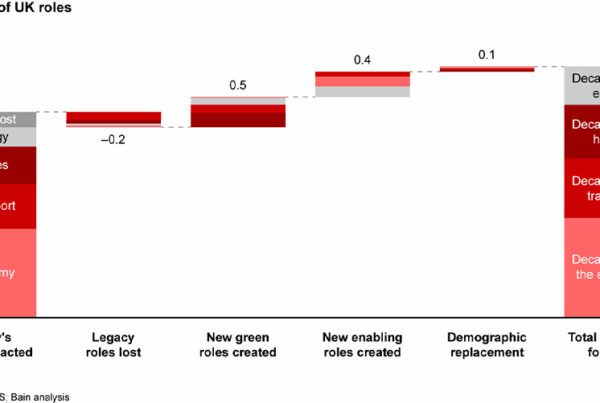Building inclusive workplaces to drive sustainable growth and innovation requires workplace training to succeed – but without embracing adult learning theory and coupling it with human intuition, it is easy to fall into simplistic tick-box training. Nic Girvan, Director of Learning and Delivery at global consultancy PDT Global – part of Affirmity – explains how consultancies can avoid the destructive reality of poor diversity, equity, inclusion and belonging efforts in corporate training.
Building an inclusive workplace that drives sustainable growth and innovation is crucial for any consultancy. That’s why diversity, equity, inclusion and belonging (DEIB) has become a key element of business strategy.
But in the wake of social justice movements such as Black Lives Matter and #metoo, it’s time for a new approach to DEIB training – with the emphasis on provoking curiosity and inspiring practical efforts. It’s no longer enough to just tick the corporate training box – it’s about redefining it.

Inclusion training is often applied as a knee-jerk reaction to DEIB challenges. But inclusive cultures require much more than isolated training – it is important to turn insight into action. To help employees consciously adopt new working practices, focused and practical inclusion training is called for, tied to a change agenda.
It is also time to change the way you think about compliance. Gaining ‘compliance’ in DEIB suggests the job is done – when, actually, it should be the first step. True success needs to be measured in marked change – not mere attendance. Think of compliance as a series of check-in efforts throughout the year – a learning pathway of practical application, monitored and measured through the commitment of employees and the results of their invested time.
Historically, DEIB training has been presented in a rational way, with emotional issues overlooked for cognitive practice. But it’s time now to break the mould and factor emotional preparedness into DEIB training. We know it’s natural to rebel against being told how to act or how to think – and that emotions impact the effectiveness of learning. So consultancies need to acknowledge the emotional health required for DEIB change and understand that motivation must be intrinsically inspired.
Another tip for successful DEIB training is to use ‘flipped learning’ – with training professionals acting as facilitators rather than instructors. With a flipped classroom, the learning content is shared – via digital resources – prior to the training event. This transforms the classroom event from a two-hour knowledge download to an interactive opportunity to test new-found knowledge, learning from both facilitator and peers in practical application.
It is also important to offer point-of-need learning opportunities, as scheduled training events risk being overshadowed by the demands of busy workloads. Our readiness to learn is often based on perceived relevance, so layer training events with digital resources that can be accessed when an employee needs them. Easy-to-use nuggets of knowledge that can be accessed on demand are more likely to be successful than expecting busy employees to wade through a stack of information.
DEIB curiosity occurs from an interaction or event that causes an individual to question what they know. A carefully curated content library of microlearning and behavioural nudge resources can make all the difference when it comes to successful DEIB transformation.




